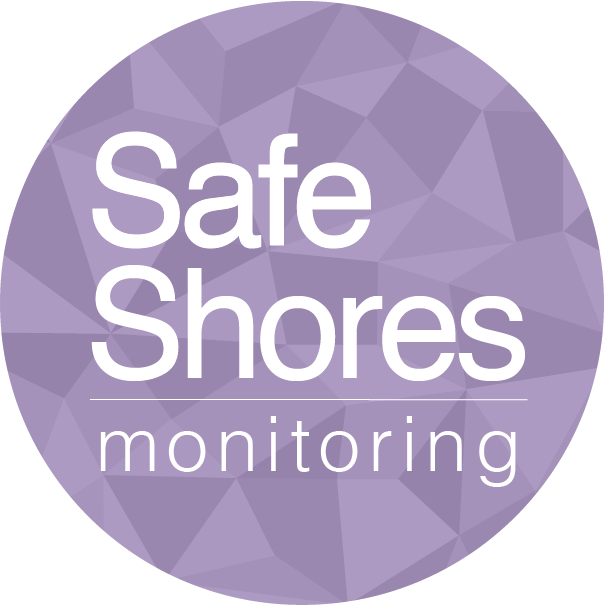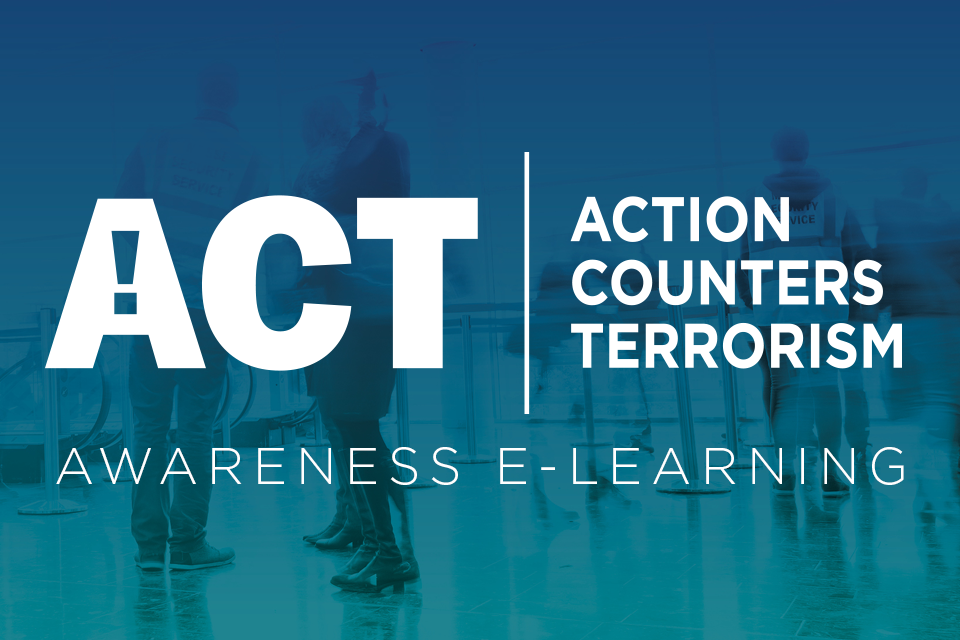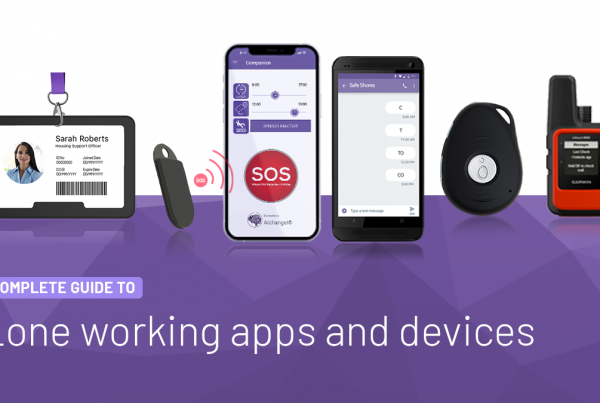Suspicious activity can sometimes be hard to identify. With people second guessing what they are witnessing, overthinking other potential avenues to explain the suspicious activity, and the fear of getting it wrong, suspicious activity can sometimes go unreported both in public and in the workplace.
It’s important for everyone to be able to recognise and report suspicious activity. Whilst security professionals are trained to identify unusual, out of the ordinary and suspicious behaviour, you shouldn’t always rely on them to spot everything. All members of the public and company employees (including office based workers, remote workers and lone workers) should be trained to spot the signs of suspicious activity and how to report it, both internally and to the police.

What is suspicious activity?
Suspicious activities can refer to incidents, events, individuals or circumstances that seem unusual or out of place. Suspicious activity can take place anywhere, so it’s important to spot the signs and apply your knowledge both in the public and in the workplace.
Spotting suspicious activity and signs of crime or terrorism
Suspicious activity can take many forms and can sometimes be difficult to recognise. Action Counters Terrorism has listed the following activity as examples of suspicious behaviour.
Research
- Do you know someone who travels but is vague about where they are going?
- Do you know someone with multiple passports in different names?
- Do you know someone who looks at extremist material? Or shares or creates content that glorifies terrorism?
- Have you noticed somebody promoting hateful ideas or extremist views?
Gathering Materials
- Have you noticed someone receiving deliveries for unusual items?
- If you work in commercial vehicle hire or sales, has a sale or rental seemed unusual?
- Have you noticed someone buying large amounts of chemicals or gas cylinders for no reason?
- Have noticed someone acquiring illegal firearms?
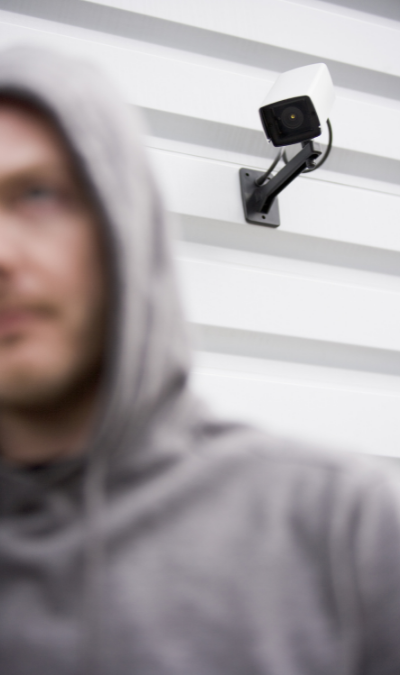 Storing Materials
Storing Materials
- Have you noticed anyone storing large amounts of chemicals, fertilisers, or gas cylinders for no reason?
- Have you noticed anyone storing firearms which could be used for an attack?
Hostile Reconnaissance
- Observation and surveillance help terrorists plan attacks. Have you noticed anyone taking photos and observing CCTV or security arrangements?
To deter hostile reconnaissance, you can check out these tips from CPNI (Centre for Protection of National Infrastructure).
Financing
- Cheque and credit card fraud are ways of generating cash. Have you noticed any unusual bank transactions?
Other signs of suspicious behaviour or activity could include:
- Nervousness, nervous glancing or other signs of discomfort. This could include repeated entrances and exits from a building or facility.
- Inappropriate, oversized or loose-fitting clothes, e.g. a heavy overcoat on a warm day
- People deliberately concealing their face when seen
- A vehicle driving around an area several times
- A stranger loitering in your neighbourhood or business
- Vehicles in or around closed business premises
- Strange odours coming from a house or building
- Someone tampering with electrical, gas or sewer systems without an identifiable company vehicle or uniform
- A stranger walking around your premises without an escort or badge
- An employee or stranger accessing or attempting to access company sensitive information, equipment or locations. Think storage areas with dangerous chemicals/materials/equipment, locations with important IT infrastructure/security systems and places where important documents are stored.
- Unattended items (click here for more guidance)
How to report suspicious activity and behaviour
Reporting suspicious behaviour and activity can help prevent crime and terrorist incidents. Even if you don’t think your information is important, it will still help the police to make necessary enquiries that can lead to more information to deter and prevent future incidents.
You can report suspicious behaviour and activity to the police in confidence:
- Online via Action Counters Terrorism (ACT): https://act.campaign.gov.uk/
- By phone: Call 0800789321
- If it’s an emergency, call 999
Reporting in your workplace
Suspicious activity and behaviour can often occur in your place of work or areas where you travel for work. If an employee witnesses any non life-threatening suspicious activity at work, they should report it to HR or a relevant member of the executive management team, who should then consider internal investigations, or report it to the police. If it’s an emergency, employees should call 999.
As an employer, you should consider what reporting mechanisms you have in place for reporting suspicious activity and incidents. You should also consider what measures you have in place for confidential or anonymous reporting. Creating an organisational culture where identifying and reporting suspicious behaviour is encouraged can help deter incidents and crime.
What should you report?
When reporting, it’s important to consider what information you should collect and remember. Action Counters Terrorism (ACT) has created a mnemonic (SALUTE) for you to remember the important details:
S Situation: What’s the situation? Who or what was picked up on?
A Activity: What was happening, what was the person or vehicle doing?
L Location: Where was the activity taking place?
U Unit: Who made the observation?
T Time: When did the activity take place?
E Equipment: What equipment can help assist in the evaluation of the incident? For example: CCTV location.
You can also consider the following details when reporting suspicious activity:
Personal Details:
- Gender
- Age
- Race
- Height and build
- Hair colour and style
- Speech – accent, slurred, vulgar
- Details e.g. scars, tattoos, facial hair, glasses
- General appearance – well-groomed, dirty, casual
- Clothing – style, colour, shoes, identifiable jewellery
Vehicle Details
- Make (Ford, Vauxhalll, Honda etc.)
- Model (Focus, Fiesta, Insignia etc.)
- Year and colour
- Registration number
- Stickers, damage, dents or lettering
- Direction of travel
- Occupants
- Car accessories, e.g. sun roofs, roof racks, bike racks etc.
Tools to support you and your organisation
Employer’s have a duty of care to protect employees from foreseeable risks. To support employees to understand terrorism, spotting suspicious behaviour and how to report it, employers can enroll their staff in Counter Terrorism Awareness eLearning from Action Counters Terrorism, an initiative developed by Counter Terrorism Policing.
To find out more about available eLearning, visit the Action Counters Terrorism website.
Disclaimer: the information provided in this article is for general guidance only and is not legal advice. This article is not a substitute for Health and Safety consultancy. For legal advice, you should seek independent advice.
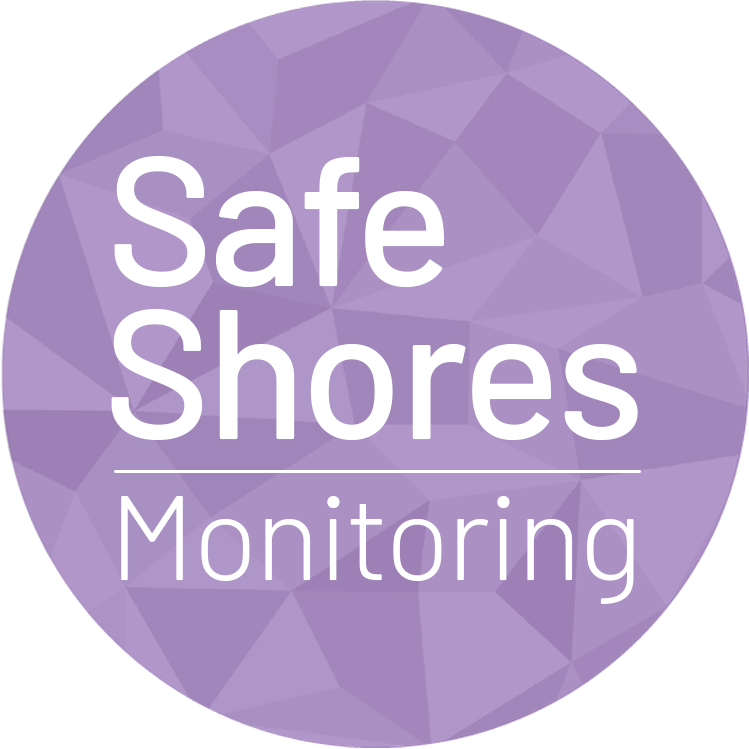
To find out more about Safe Shores Monitoring and out mission to Protect, Assure and Respond to all lone workers and their requirements, please click here.
